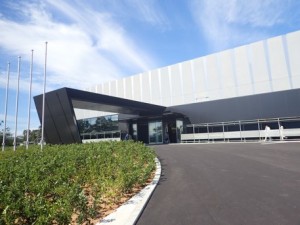The Mo-99 Story
Several years ago I attended a nuclear chemistry conference. The conference, overall, was intriguing but I particularly remember a speaker from a world-renowned laboratory that gave a talk on the future of nuclear medicine. His lecture covered a wide range of new and exciting isotopes - isotopes that have the power to safely destroy tumors into nothingness - isotopes that could potentially extend the life of terminally ill patients. These were medicines on the verge of federal approval, capable of eradicating cancerous tissue in pre-clinical trials. Producing these amazing cancer-fighters would normally suffice for a good, professional story on its own. But there was one isotope that wasn't in his domain, and he knew everyone was thinking about it. Towards the end of his presentation:


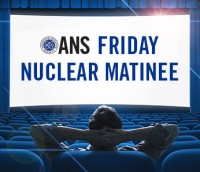
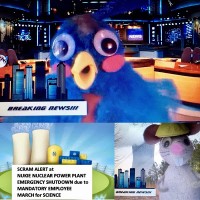
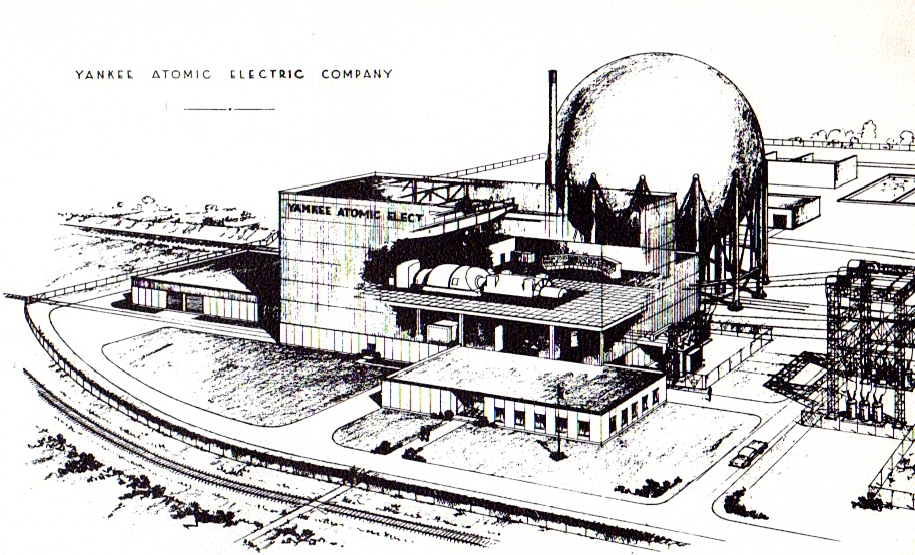
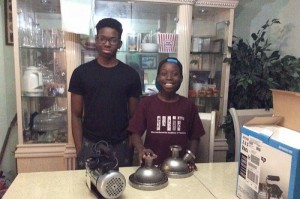
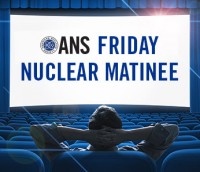
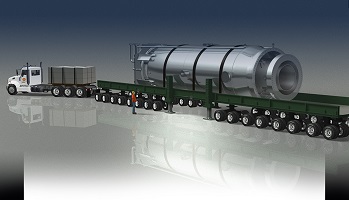
 There was a time when the mPower SMR (Small Modular Reactor) was the perceived industry leader. The consortium behind it
There was a time when the mPower SMR (Small Modular Reactor) was the perceived industry leader. The consortium behind it 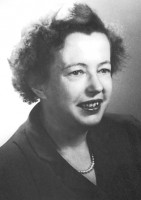 Shortly after Cecelia Payne-Gaposchkin presented her work on the sun in 1925, Maria Goeppert-Mayer was beginning to make her own waves in physics. After receiving her Ph.D. in physics in her home country of Germany, Maria and her new husband Joseph moved to Baltimore, where he had just been given a position as a professor. Maria also wanted to teach but was not allowed, only being given a job as an assistant working in a makeshift laboratory in a small attic.
Shortly after Cecelia Payne-Gaposchkin presented her work on the sun in 1925, Maria Goeppert-Mayer was beginning to make her own waves in physics. After receiving her Ph.D. in physics in her home country of Germany, Maria and her new husband Joseph moved to Baltimore, where he had just been given a position as a professor. Maria also wanted to teach but was not allowed, only being given a job as an assistant working in a makeshift laboratory in a small attic.